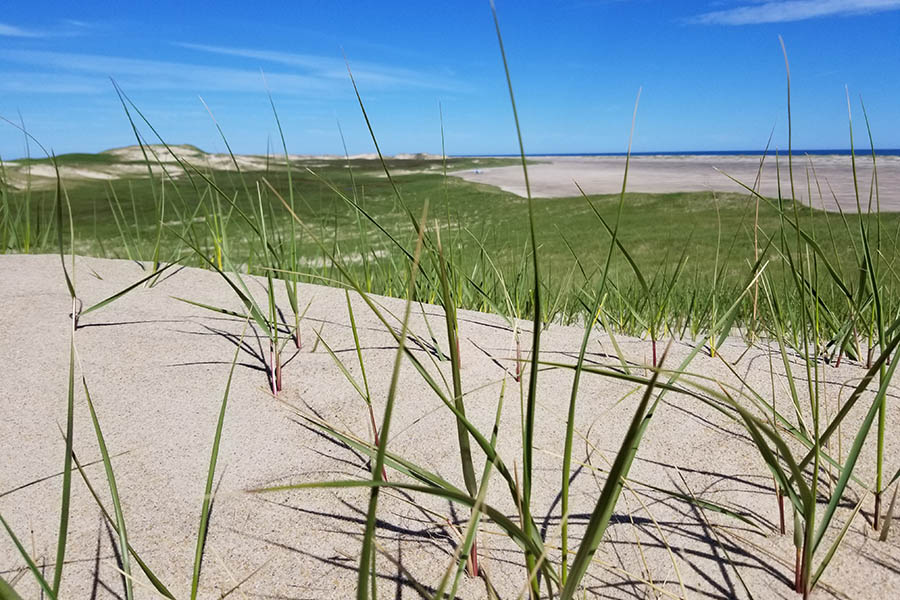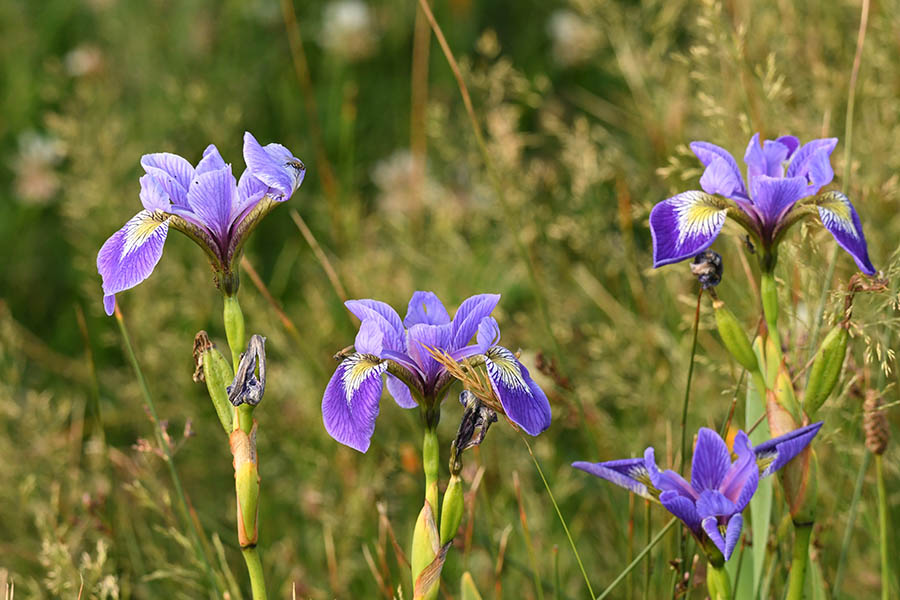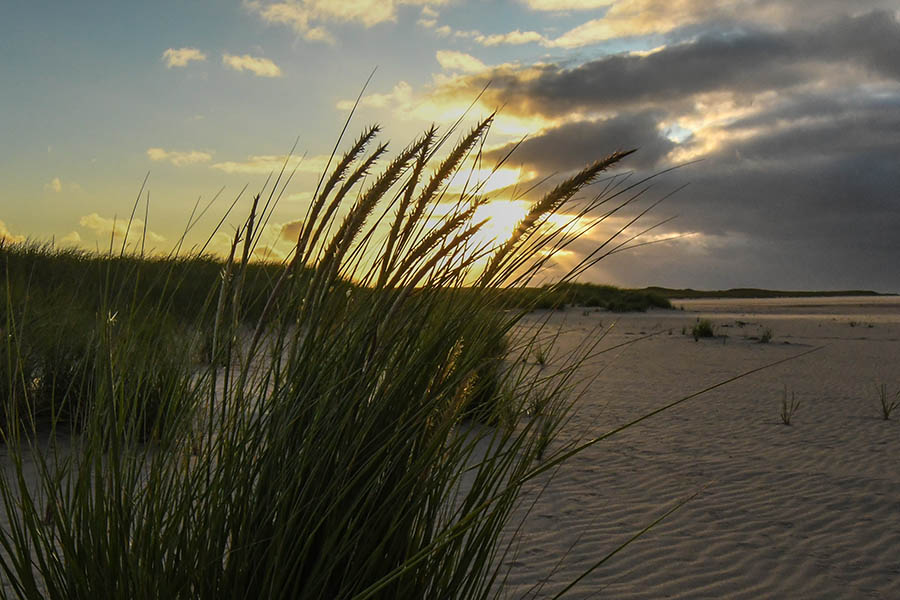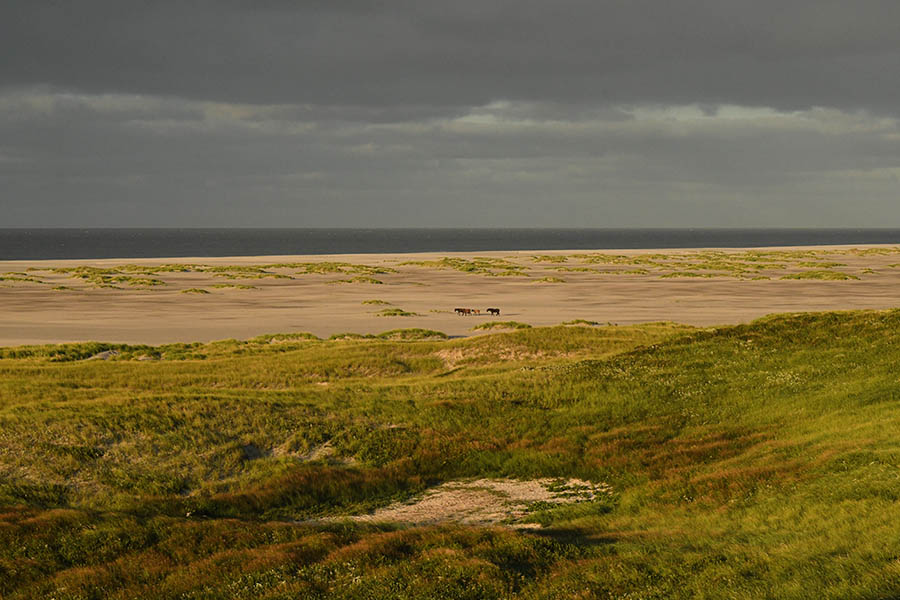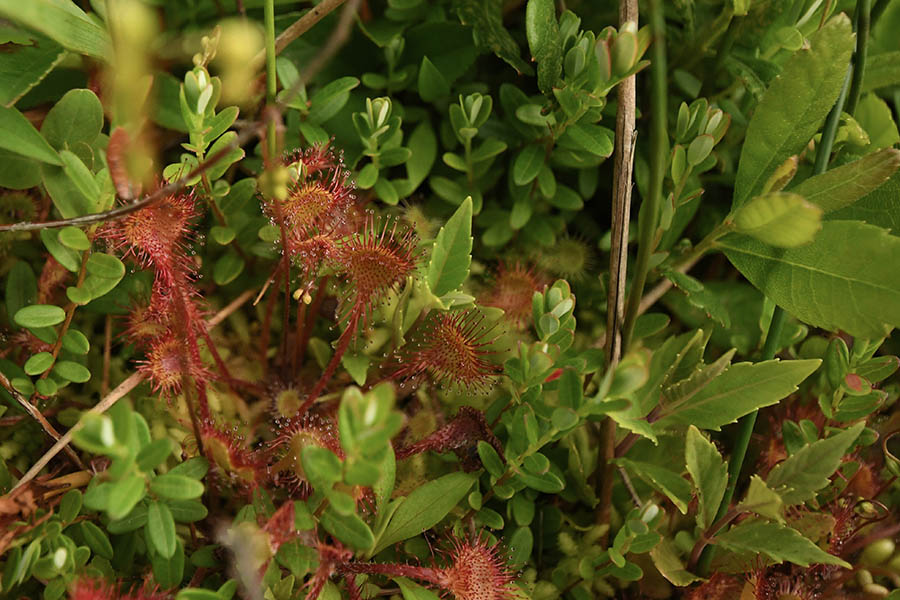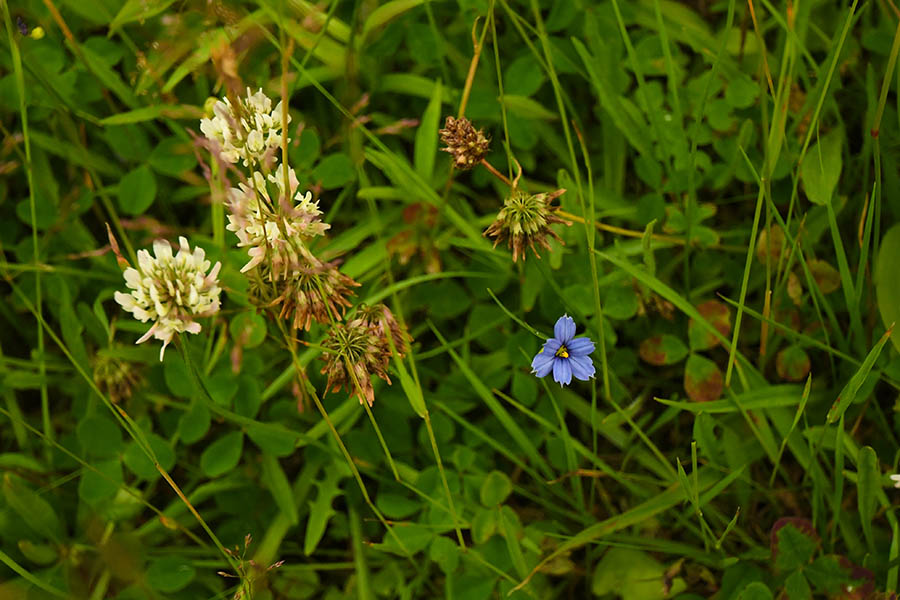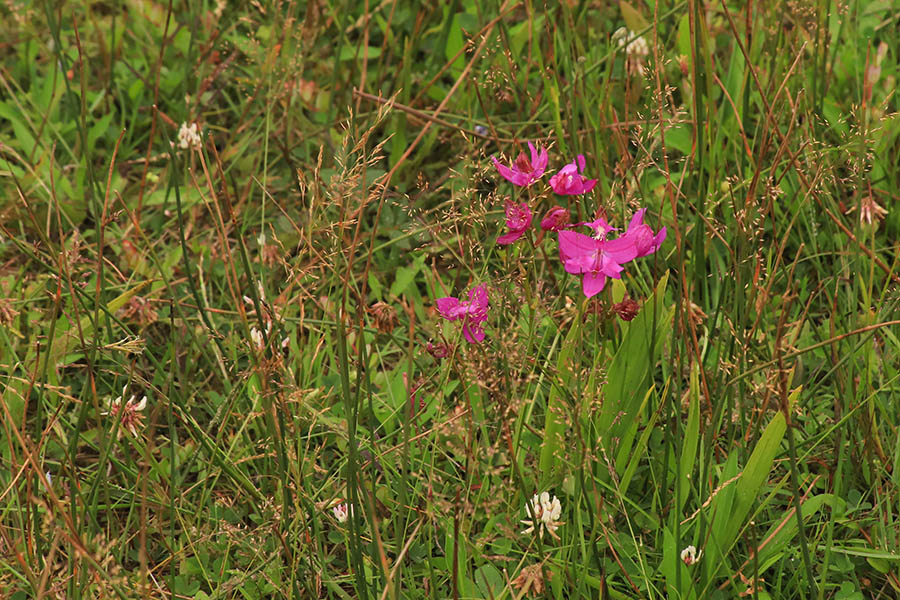
Vegetation
Sable Island National Park Reserve
Grassland and heath are the two major vegetation communities on Sable Island.
Vegetation covers about half of Sable Island’s surface. Heath is found in the stable interior of the island. The more common marram-dominated grasslands occupy the rest of the island. Both grasslands and heath communities are found in similar dune environments throughout eastern North America.
Grassland
Dense, spiky tufts of marram grass are a familiar sight on Sable Island’s windswept coasts. Their matted roots help to stabilise sand dunes, allowing them to grow and become colonised by other species.
Heath
Heath communities include shrubs such as bayberry, juniper, and crowberry.
Importance of vegetation on Sable Island
These vegetation communities are important to the ecological integrity of Sable Island. Grassland and heath communities help to stabilize the sand and also serve as nesting sites for birds.
Nesting sites for birds
- Tern and herring gulls form colonies on grasslands.
- The Ipswich sparrow makes well-hidden nests in the thicker vegetation.
- The greater black-backed gull and the least sandpiper make their nests in heath vegetation.
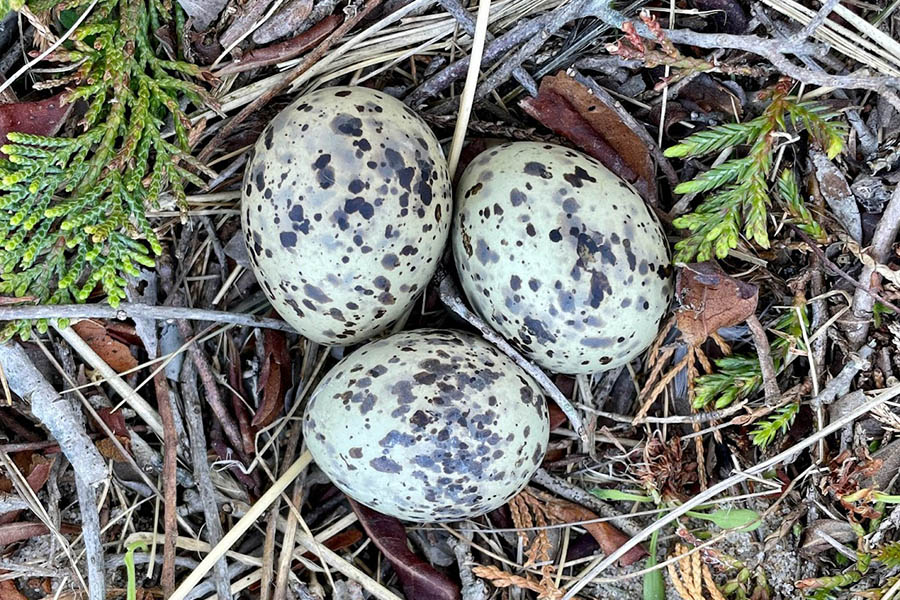
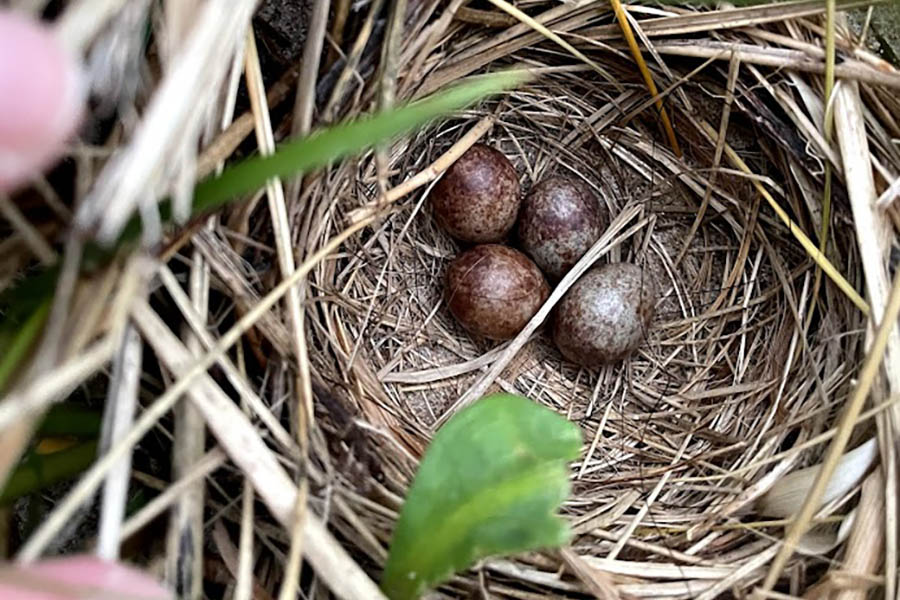
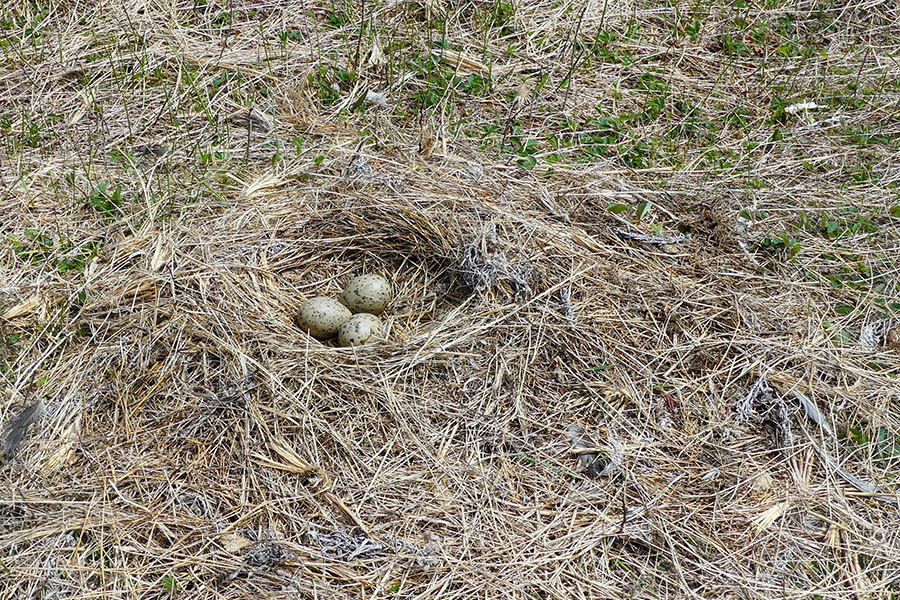
Habitat succession
The distribution of vegetation communities on Sable Island can be explained by habitat succession.
Marram grass grows in places where there is active deposition of sand. This means it can be found on beach-side dunes, as well as some inland areas where sand deposition occurs.
As sand deposition decreases over time, other grass species – like red fescue – become established.
When these areas are stable over a long period of time, shrub-heath plants start to move in.
Storms or strong winds can disturb this stability, which can result in the areas reverting to marram-dominated communities. Frequent storms on Sable Island make this back and forth succession common.
Plant species
- American beach grass
- Beach pea
- Crowberry
- Bayberry
- Juniper
- Wild rose
- Cranberry
- Seaside goldenrod
Introduction of other plants
There have been attempts to introduce other plant species to Sable Island over the years. There are many non-native plant species that live on Sable Island today as a result. These attempts were made in order to stabilize dunes and provide food for the wild horses.
Most of the plants introduced under Sable Island's afforestation project of 1901 were not able to establish themselves.
Calluna
Calluna is a non-native heath plant that was unintentionally introduced to Sable Island during the afforestation project of 1901. Calluna has become abundant in one location on the island.
Records from 1921 note:
It will be noticed that the first records of Calluna on the island come after the year 1901, when the large forestry planting was done … Calluna was not included in the list of imported plants, it sprang up soon after near them, and was in all probability used for, or carried in, the protective packing around the trees.
Further reading
Freedman, B., Lucas, Z. and S. Blaney. 2016.Vegetation of Sable Island. In Freedman, B. (Ed.) 2016. Sable Island, the Ecology and Biodiversity of Sable Island. Fitzhenry and Whiteside, Markham ON.
Related links
- Date modified :
